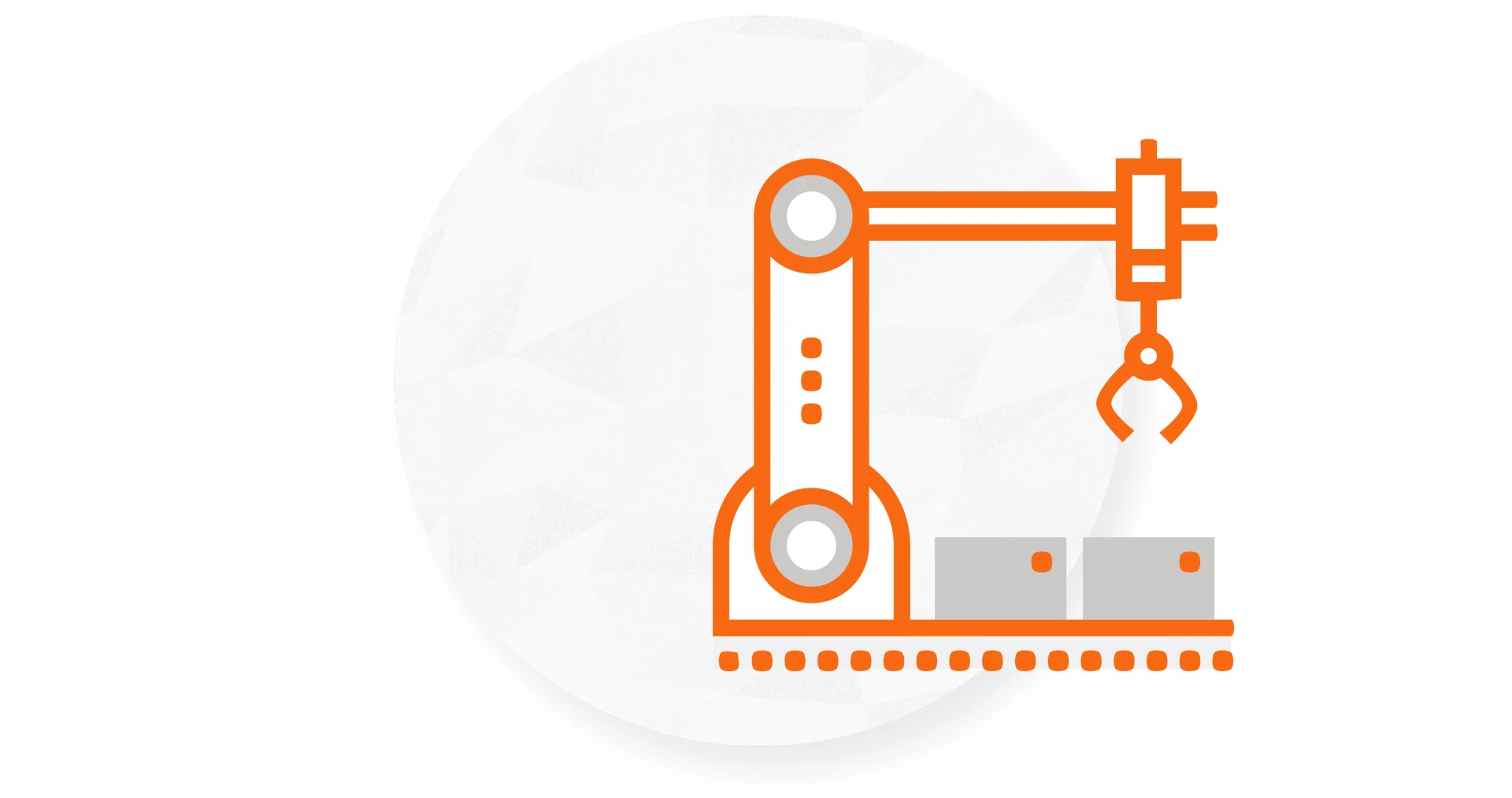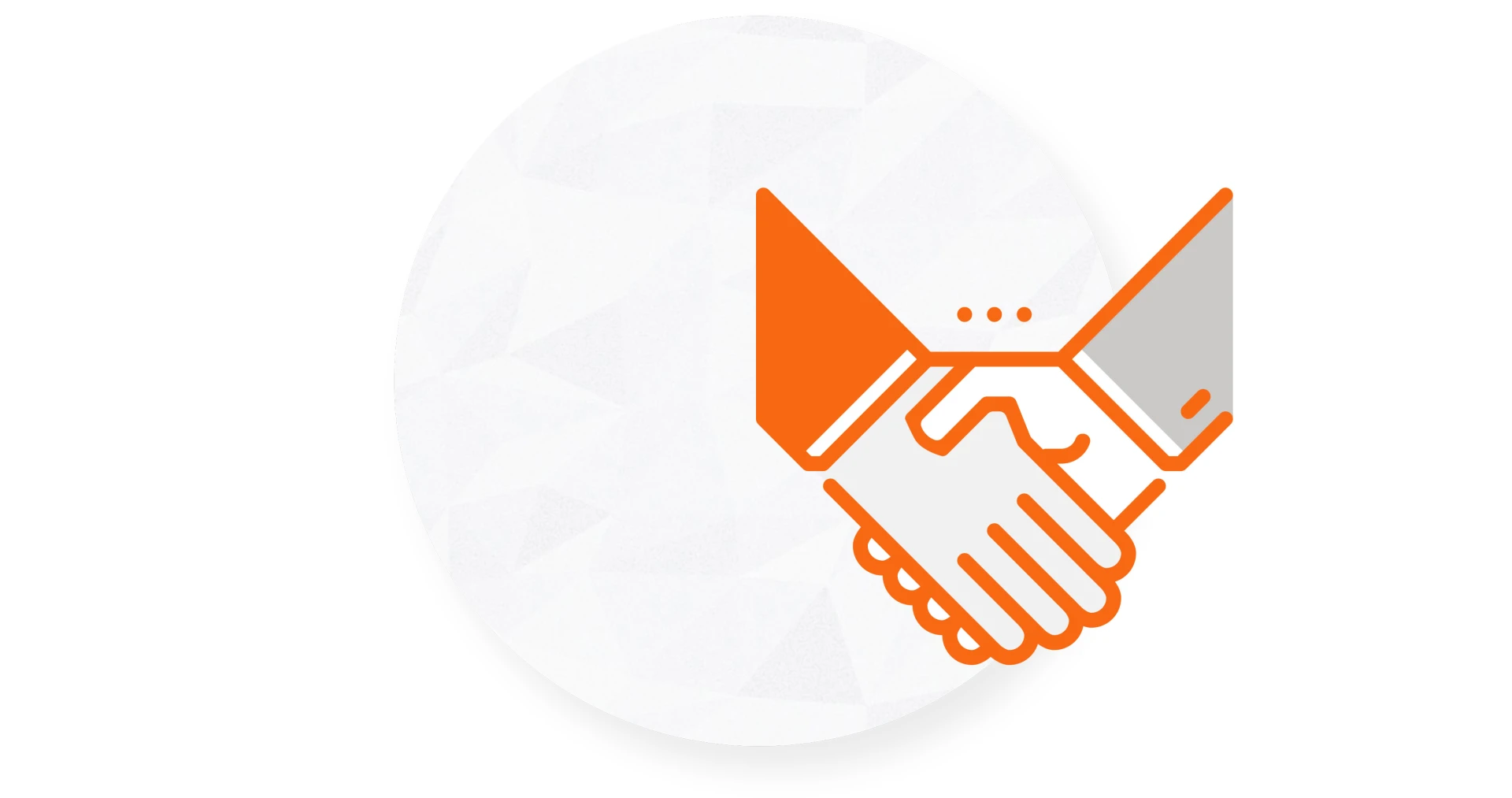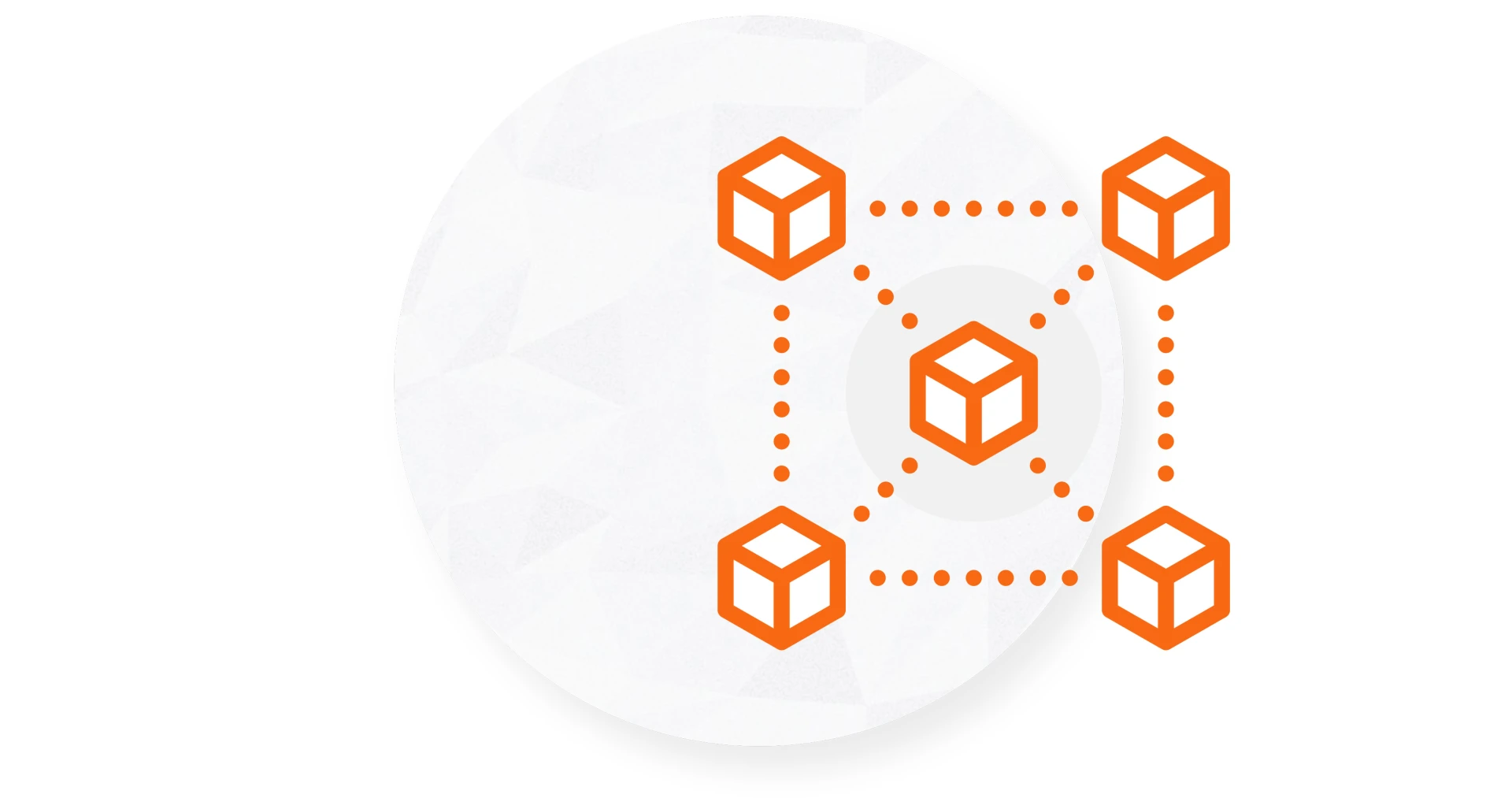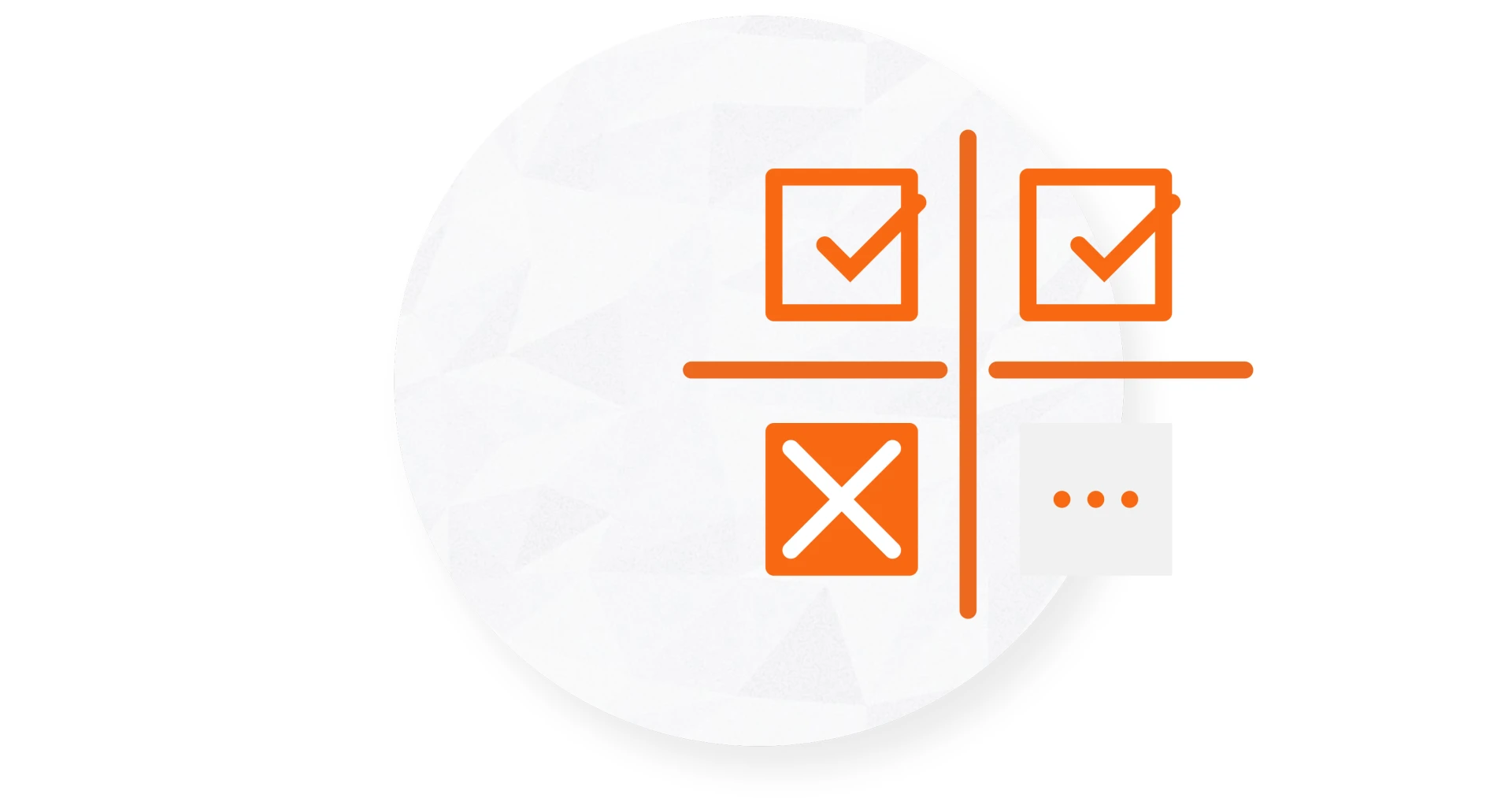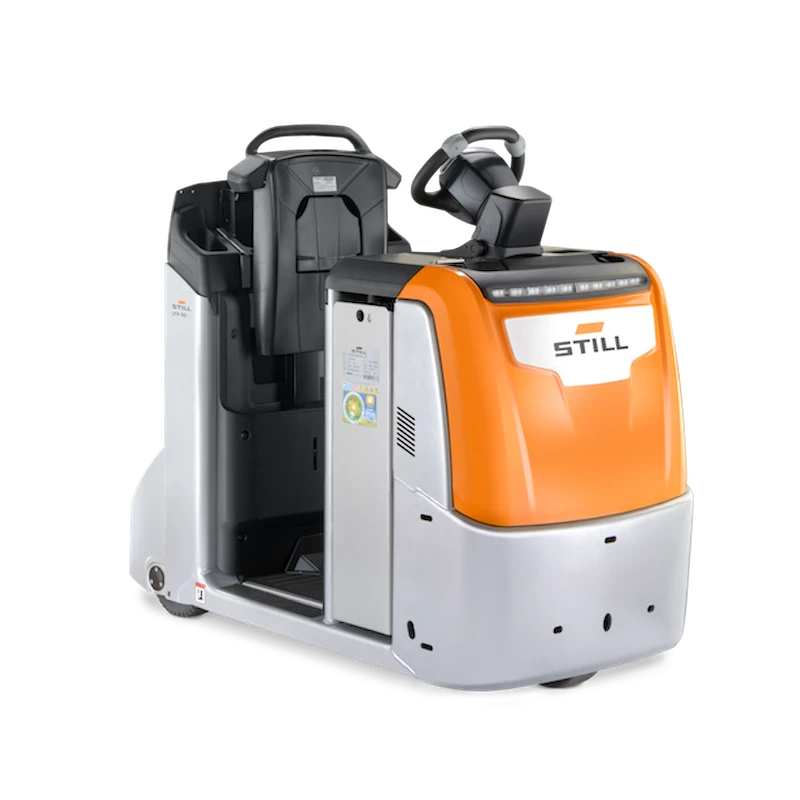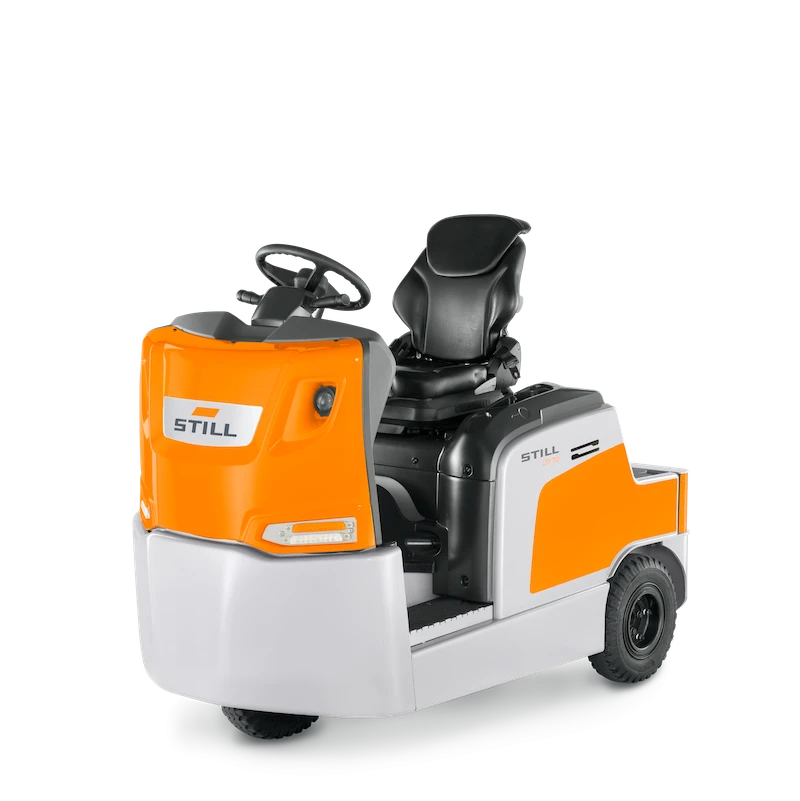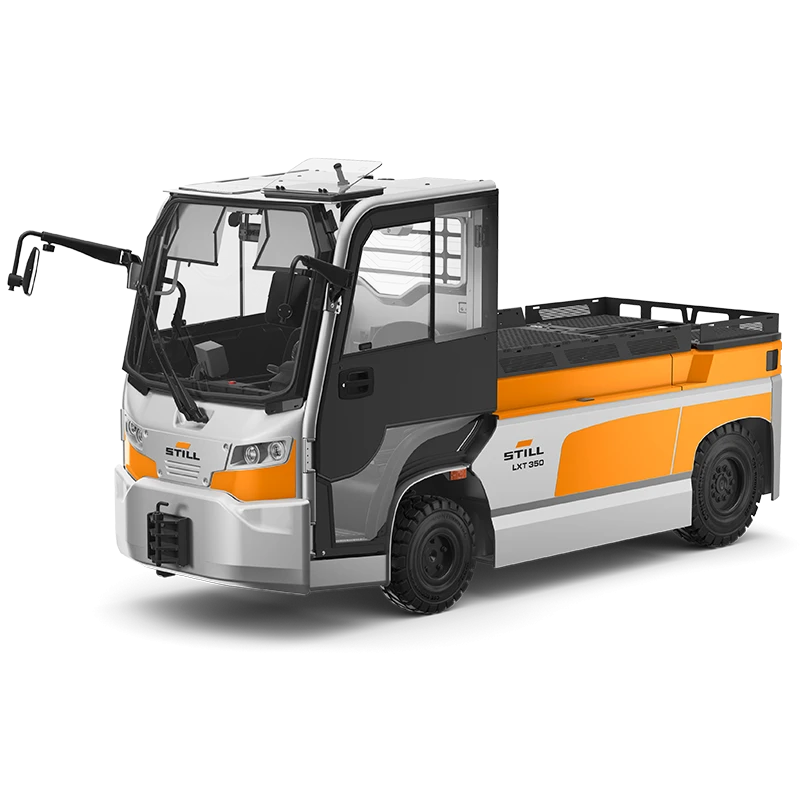
Step by step to lean logistics
The path to installing a tugger train system
The potential of lean logistics is not yet being fully exploited. The strategy has many clear benefits and offers a significant competitive advantage.
‘Only that which changes can remain’ is the company’s approach to remaining flexible and ultimately competitive on the market. Lean logistics incorporates classic lean methods and uses these to optimise logistical processes, such as eliminating unnecessary process steps.
Supply can be timed perfectly: just-in-time or just-in-sequence:
- Just-in-time: the required goods are delivered to a precise location in the right quantity and at the right time for further processing.
- Just-in-sequence: the goods are also delivered in the right sequence as required for production, which is often necessary as a result of growing product variation and individualisation.
Forklift-free production reduces the number of trucks required in the material flow, thereby saving investment and operating costs.
The processing time per carrier is reduced to a minimum.
The work processes become faster, more efficient and more secure.
We have summarised the advantages of tugger train systems in this white paper in order to present a comprehensive argument for introducing tugger trains as part of a lean logistics strategy.
If the answer to the following questions regarding the current status of your warehouse and transport logistics is ‘YES’, you should carefully consider introducing lean principles:
1. Do you often have surplus production?
2. Do you have unnecessary stock?
3. Are there delays in your process chain?
4. Do you see potential to make your production processes more efficient?
5. Do your employees express dissatisfaction regarding ergonomics, work safety or other workplace processes?

1. The lean idea
You already know what you want: to make your production fit for the future. Once you have decided to introduce lean processes, external consultation can help you take the first steps. These steps primarily include defining the purpose of the process, including the necessary participants within the company and creating a shared understanding, as it is crucial for employees to accept the introduction of lean principles if the project is to be a success.

2. Analysing the current situation
A lean expert will examine your processes carefully and will look at the strategies currently in place: How is the value-added chain structured? How are the processes organised? How many forklift trucks are in your fleet? How is the material flow process designed? Which of the activities, transport routes and processes are unnecessary?

3. Hitting targets
Without a target there can be no strategy. It is therefore important to bring the company targets and the aims of lean management into line: What are the short, medium and long-term company targets? How can these targets be met using lean methods?

4. Concept development
Lean experts identify specific areas for potential improvement. This involves working together to develop the lean concept, for example: Which lean methods will help the company move forward? How can the processes and transport routes be optimised? What form of procurement logistics is most appropriate – just-in-time or just-in-sequence? Does it make sense to implement a kanban system? Is a tugger train worthwhile? And if yes, which tugger train system is most suitable?

5. Defining the target status
The intended ideal status is defined as a vision before the concept development, for example: ‘So many goods will be delivered to the exact location where they are required, at the right time and using the shortest transport route. Only one tugger train will be required for this, instead of x forklift trucks. We will save a total of xx by a target date of yy.’ A timetable and action plan are created in order to achieve these aims.

6. Installing a tugger train
If you decide to install a tugger train, our extensive experience makes us the ideal partners for this process. Pilot projects are launched to begin the transition from forklift trucks to tugger trains on certain transport routes. We will support you through every step of this process. Your employees can see for themselves the functionality and benefits of the concept and take part in relevant training events. Employees must accept the introduction of new processes if the tugger train system is to be implemented successfully.

7. Lean as a company philosophy
The lean concept is rolled out across the company and developed continuously. It becomes a firm part of the company philosophy and is internalised by all employees.
The implementation of a tugger train system is an important step in the introduction of lean principles. If the expert-led lean analysis determines that a tugger train should be used, you can rely on our expertise to support you throughout the entire implementation process.
The first step is to analyse the entire material flow, including the type and quantity of carriers, the source-sink relationship and the distance travelled by the industrial trucks. This information is crucial for the planning and implementation of a tugger train solution and for the subsequent selection of the most suitable trolleys and containers.
1. Type and quantity of carriers/goods: Which carrier types are currently in use? Which carriers need to go where? What is the size and weight of the goods being transported?
2. Frequency of the journeys/source-sink relationship: Which sink spots are supplied by which sources, and how often? Analysing the supply frequency shows how often goods are transported within a particular time frame, and in what quantity. Results of such analysis show, for example, that goods in higher demand will need larger containers for the tugger train than goods required in smaller quantities.
3. Distance travelled: The distance travelled between each station or between incoming goods and the production lines is the best indicator of which tugger train system is the most suitable for transporting the goods.
Summary:
The introduction of lean logistics is always advantageous but does require comprehensive expertise. The analysis stage will determine whether a tugger train system is suited to your specific requirements. If so, we are the right partner to implement a tugger train system that has been tailored specifically to your needs, and we will support you every step of the way.
Your expert advisor will be happy to answer any questions you may have about your tugger train introduction. Call us or arrange a callback.
Request to: Lean introduction - The path to lean production
We will be happy to send you our white paper on the introduction of tugger trains: "Trolley in and off you go?" as a free download.


